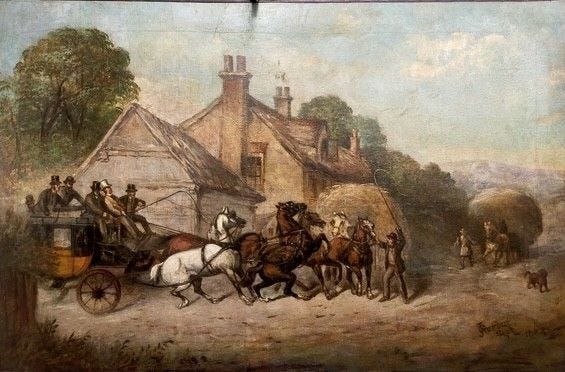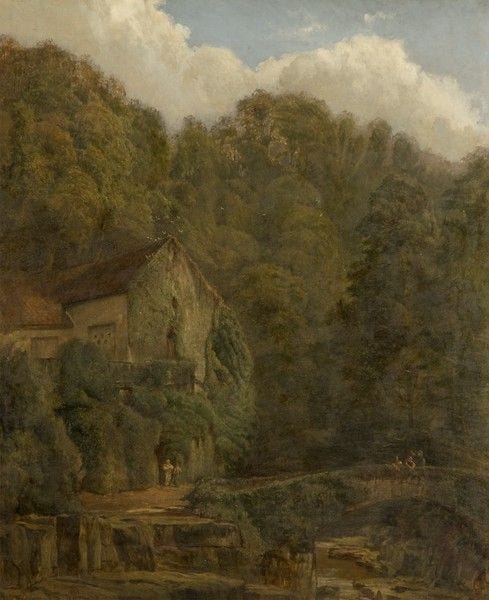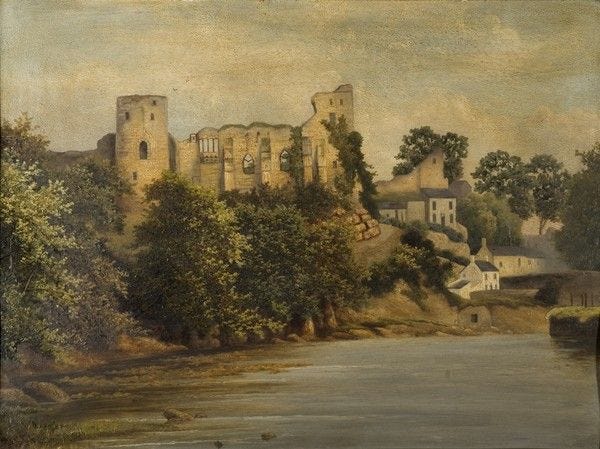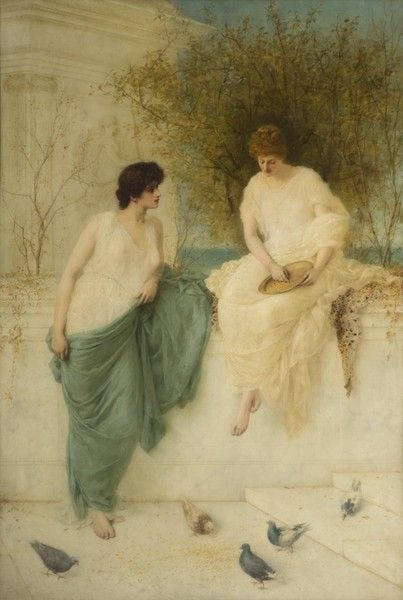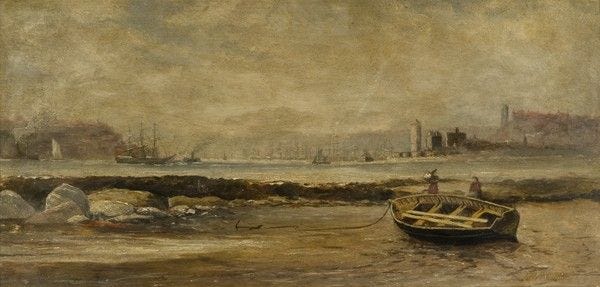The Art of Conservation
A new exhibition on South Tyneside portrays how restoration work has given new life to a museum and gallery’s paintings. Tony Henderson reports
What is now a Tyneside beauty spot was still a relative novelty when artist Charles George Jefferson chose to make it his next subject.
Jesmond Dene in Newcastle was owned by industrialist and inventor Lord Armstrong, and he and his wife began the project of enhancing the natural feature in the 1860s. In 1883, Armstrong gifted the Dene to Newcastle and it was officially opened to the public in 1884.
Jefferson, who was born in South Shields, portrayed the Dene in 1893, and now his painting is part of a new display which highlights the process of art conservation.
The Art of Conservation exhibition at South Shields Museum & Art Gallery runs until December 6. It showcases a selection of artworks from the South Shields collection which have recently undergone specialist conservation treatment.
Some of the restored artworks have never been displayed publicly before or have not been on show for several years.
Geoff Woodward, museum manager, said: “The Art of Conservation gives visitors a behind-the-scenes look at the care and stories behind these amazing artworks.
“Art conservation is about much more than repair; it’s a careful balance of preserving the artist’s original intent whilst ensuring the piece can be enjoyed for generations to come.”
Ana Flynn-Young, head of painting conservation at North East Museums, said: “There is nothing more satisfying than walking through a gallery and seeing all the paintings that I have worked on and knowing I have made a difference.
“That a painting that was consigned to the stores as un-displayable now has its day to shine in the gallery, to share its story.”
A highlight of the conservation work is the transformation of British artist Henry Thomas Schafer’s (1854–1915) painting Feeding the Pigeons, 1887, which has undergone an extensive cleaning process to remove layers of discoloured varnish and surface grime.
The restoration has revealed the painting’s original vibrancy and fine details that had long been hidden. Schafer exhibited at the Royal Society, the Royal Academy, the Royal Scottish Academy, and several of his paintings have been widely reproduced in the form of posters.
Not many artists acquire a nickname, but that was the case with James Garbutt. He worked for much of his life in South Shields as a painter and glazier, which gave rise to his nickname of “Putty” Garbutt, which stuck.
In his later years, he became an accomplished artist of seascapes and landscapes, and his 1884 painting of the County Hotel in Westoe, South Shields, is on show in the exhibition.
There is also a Westoe link behind the portrait of Newcastle surgeon William Ingham (1753–1817), who was the father of the first MP for South Shields, Robert Ingham.
Robert was a lawyer who became Recorder of Berwick and then Attorney-General of County Durham, before being elected as MP. He lived at Westoe Hall for many years, and on his retirement in 1868 after 25 years of public service, a public subscription drive raised the funds to build the Ingham Infirmary in South Shields.
James Miller Brown (1856–1908) worked from his studio in South Shields and mainly produced landscapes and coastal scenes of the local area and wider region. Three of his paintings feature in the display. They are Pulling Timber and portrayals of Barnard Castle and the Abbey Bridge in the County Durham town.
Also on show is Fishergirl and Child, 1883, by Whitley Bay-based artist Robert Jobling (1841–1923), who with wife Isa Jobling spent much time painting life in the fishing villages of Cullercoats and Staithes.
Mouth of the Tyne from the Black Middens, 1888, by artist Robert Kirton Robson (1858–1937), completes the line-up.


